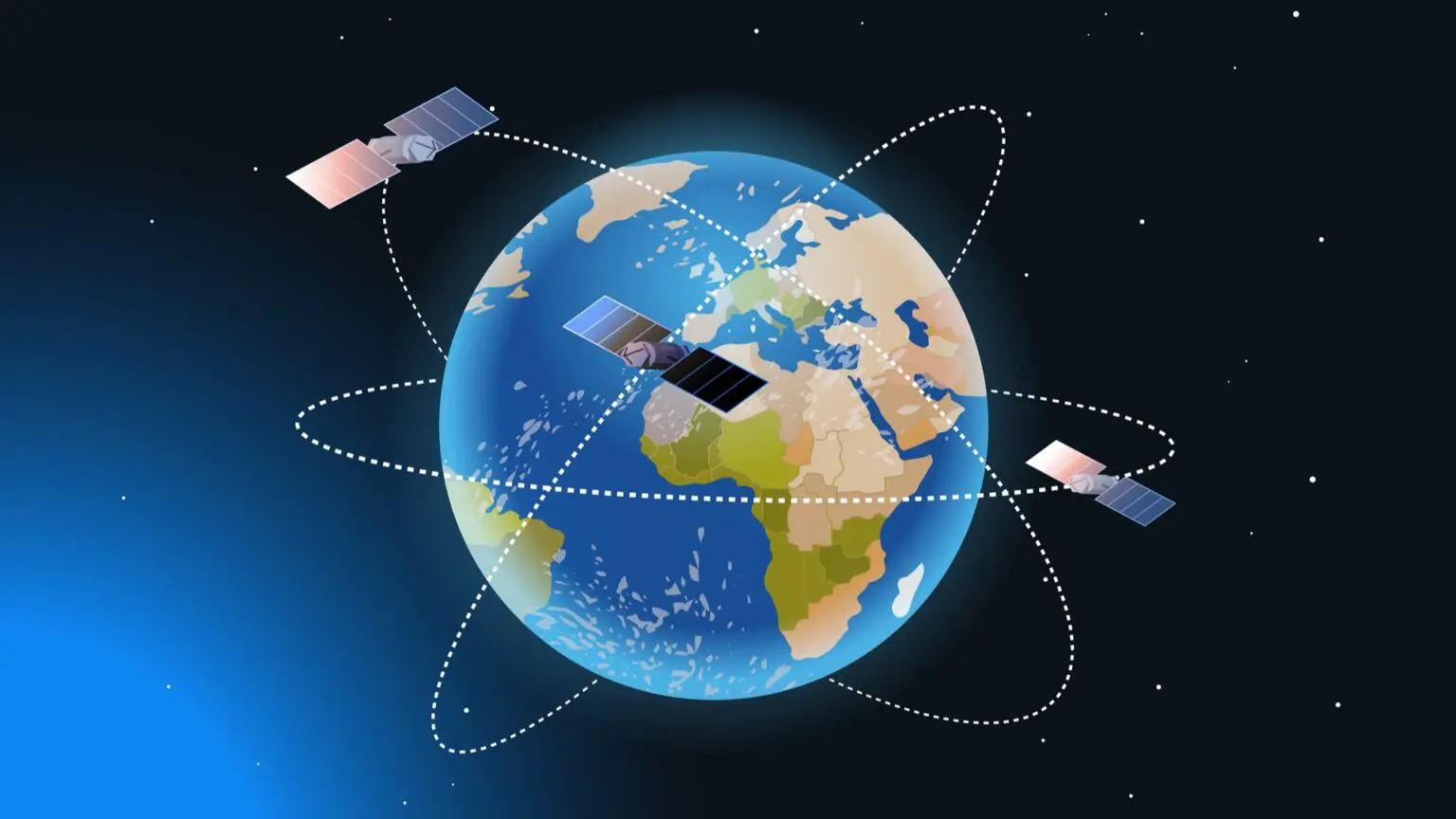In the ever-evolving field of space exploration, Galaxia La Picosat stands out as a groundbreaking initiative that is redefining our approach to studying the cosmos. By focusing on the development and deployment of picosatellites—miniature satellites weighing less than one kilogram—this ambitious project aims to democratize access to space and push the boundaries of scientific reseal. Here’s an in-depth look at how Galaxia La Picosat is paving the way for the future of space exploration.
The Vision Behind Galaxia La Picosat
Galaxia La Picosat was conceived with the vision of making space exploration more accessible, cost-effective, and sustainable. Traditional satellites, while powerful, come with hefty price tags and logistical challenges. Picosatellites, on the other hand, offer a viable alternative due to their small size and reduced cost. The project seeks to leverage these advantages to conduct a variety of scientific missions, from Earth observation to deep space exploration.
Key Features of Picosatellites
1. Miniaturization: Picosatellites are characterized by their compact size, typically fitting within a 5 cm cube and weighing less than 1 kilogram. This miniaturization allows for the deployment of multiple satellites in a single launch, significantly reducing costs and enabling more frequent missions.
2. Cost-Effectiveness: The reduced size and weight of picosatellites translate to lower launch costs. Additionally, advancements in off-the-shelf components and modular design have made these satellites more affordable to develop and deploy. This cost-effectiveness opens up opportunities for universities, small companies, and even individual researchers to participate in space missions.
3. Versatility: Despite their small size, picosatellites can be equipped with a variety of instruments and sensors. From imaging and communications to scientific experiments, these satellites are versatile platforms capable of supporting a wide range of applications.
4. Rapid Deployment: The streamlined design and production processes of picosatellites allow for rapid development cycles. This agility is crucial for timely data collection and responding to emerging scientific questions or technological challenges.
Scientific and Practical Applications
1. Earth Observation: Picosatellites can be used for high-resolution imaging and monitoring of Earth’s surface. Applications include tracking environmental changes, monitoring natural disasters, and supporting agricultural practices through precise data collection.
2. Space Weather Monitoring: Understanding space weather phenomena, such as solar flares and cosmic radiation, is critical for protecting both terrestrial and space-based technologies. Picosatellites equipped with specialized instruments can provide real-time data on space weather conditions, aiding in predictive modeling and mitigation strategies.
3. Astrophysical Research: Picosatellites offer a cost-effective means of conducting astrophysical observations and experiments. By deploying constellations of these satellites, researchers can gather data from multiple vantage points, enhancing our understanding of cosmic events and structures.
4. Communication Networks: Innovative communication networks, including those for remote areas on Earth or for interplanetary communication, can benefit from picosatellite technology. These networks can facilitate improved connectivity and data relay capabilities in challenging environments.
Challenges and Innovations
1. Technical Challenges: Despite their potential, picosatellites face several technical challenges, including limited power supply, restricted payload capacity, and short operational lifespans. Addressing these challenges requires innovative engineering solutions and continuous advancements in miniaturization technology.
2. Regulatory and Logistical Issues: The increasing number of small satellites in orbit raises concerns about space debris and traffic management. Galaxia La Picosat advocates for responsible space practices and collaborates with international bodies to develop guidelines and standards for the safe and sustainable use of picosatellites.
3. Educational Impact: One of the most exciting aspects of Galaxia La Picosat is its potential to inspire and educate the next generation of scientists and engineers. By making space missions more accessible, the project provides hands-on learning opportunities for students and researchers, fostering innovation and enthusiasm in the field of space exploration.
The Future of Galaxia La Picosat
Looking ahead, Galaxia La Picosat aims to expand its fleet of picosatellites and undertake more ambitious missions. The project envisions a future where picosatellites play a central role in space exploration, supporting large-scale scientific endeavors and enabling new discoveries.
Conclusion
Galaxia La Picosat represents a significant leap forward in the realm of space exploration. By harnessing the power of miniaturization and cost-effective technology, the project is opening up new frontiers and democratizing access to space. As we continue to push the boundaries of what is possible, Galaxia La Picosat stands as a beacon of innovation, paving the way for a future where space exploration is within reach for all.
